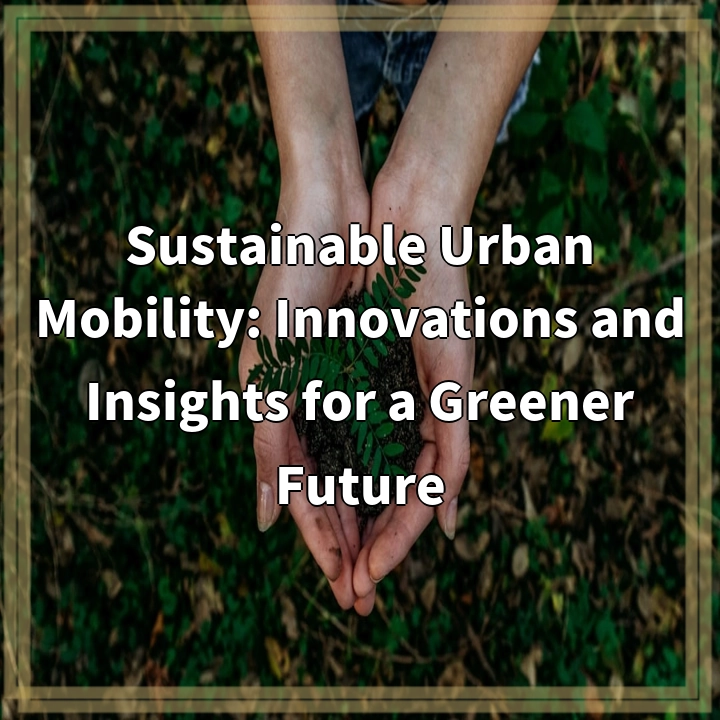What is Green Innovations in Virtual Reality?
Virtual reality (VR) is an immersive technology that creates a simulated environment, allowing users to interact with artificial surroundings. Green innovations in virtual reality refer to the efforts made to apply VR technology in environmentally friendly ways, reducing its ecological footprint and leveraging its potential to address real-world environmental challenges.
The Real-World Problems:
Despite its many benefits and applications, virtual reality technology also has some environmental concerns that need to be addressed. Here are some of the real-world problems associated with VR:
1. Energy Consumption:
Virtual reality devices, such as headsets and consoles, require significant amounts of energy to operate. This energy consumption contributes to carbon emissions and increases the demand for electricity, which may come from non-renewable sources.
2. E-waste:
As technology rapidly evolves, virtual reality devices become outdated relatively quickly. The resulting e-waste poses significant environmental challenges, as proper recycling and disposal of these devices is often challenging and not widely accessible.
3. Manufacturing Processes:
The production of virtual reality devices involves the extraction of raw materials, manufacturing processes, and transportation, all of which can have a negative impact on the environment. Resource-intensive manufacturing processes can contribute to deforestation, water pollution, and carbon emissions.
4. User Behavior:
Virtual reality experiences often involve a sedentary user position, which may discourage physical activities and contribute to a more passive lifestyle. This can indirectly impact health and environmental well-being, as less active individuals may use up more resources at home and engage in activities with a higher carbon footprint.
5. Digital Divide:
Access to virtual reality technology is not equal across different communities and countries. The digital divide between regions and socioeconomic backgrounds can exacerbate inequalities in environmental education and accessibility to eco-friendly VR applications.
6. Systemic Impact:
Virtual reality technology is a component of larger digital ecosystems. The overall impact of VR on the environment is interconnected with factors like the data centers hosting VR content, cloud storage, and the energy efficiency of the internet infrastructure supporting VR applications.
Addressing these real-world problems requires innovative thinking and concerted efforts from various stakeholders, including VR manufacturers, consumers, policymakers, and environmental organizations. Through sustainable practices, responsible consumption, and the development of eco-friendly VR applications, green innovations in virtual reality can help mitigate these environmental challenges and create a more sustainable future.

Potential Solutions for Green Innovations in Virtual Reality:
To address the environmental problems associated with virtual reality, various solutions can be implemented. Here are some potential strategies to make VR more sustainable:
1. Energy Efficiency:
Efforts should be made to optimize the energy efficiency of virtual reality devices and applications. This can include designing hardware with low power consumption, developing software algorithms that minimize energy usage, and promoting energy-saving practices among users.
2. Extended Device Lifespan:
Manufacturers can contribute to reducing e-waste by designing VR devices that are upgradable, repairable, and compatible with future technologies. This approach enables users to update components instead of discarding entire devices, resulting in longer lifespans and reduced electronic waste.
3. Sustainable Materials and Manufacturing:
Companies should prioritize using sustainable materials in the production of VR devices, minimize the use of hazardous substances, and adopt eco-friendly manufacturing practices. This includes reducing the carbon footprint of manufacturing processes and promoting responsible sourcing of raw materials.
4. Active VR Experiences:
Encouraging physical activity and promoting virtual reality experiences that incorporate movement and exercise can have positive impacts on both health and the environment. These active VR experiences can contribute to a more sustainable lifestyle and reduce the indirect environmental impacts associated with sedentary user behavior.
5. Bridging the Digital Divide:
Efforts should be made to enhance accessibility to virtual reality technology, ensuring that disadvantaged communities and regions have equal opportunities to benefit from eco-friendly VR applications. This can include initiatives to promote affordability, provide training and education, and close the digital divide to create a more inclusive and environmentally conscious society.
6. Sustainable Digital Infrastructure:
The environmental impact of virtual reality extends beyond the devices themselves. Stakeholders should prioritize the development of sustainable digital infrastructure, including energy-efficient data centers, renewable energy sources for powering cloud services, and reducing the carbon footprint of internet infrastructure to support VR applications.
By implementing these solutions and emphasizing sustainable practices throughout the entire lifecycle of virtual reality technology, we can pave the way for greener innovations in VR. It is through these efforts that we can harness the potential of VR to address environmental challenges and create a more sustainable future.













